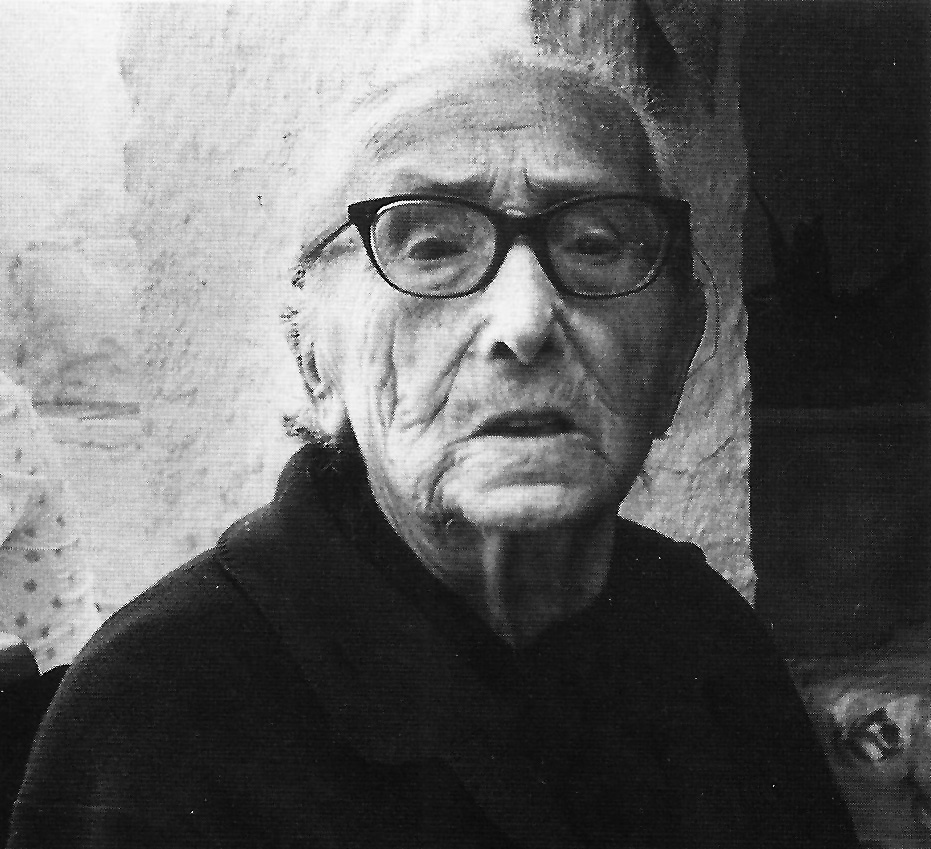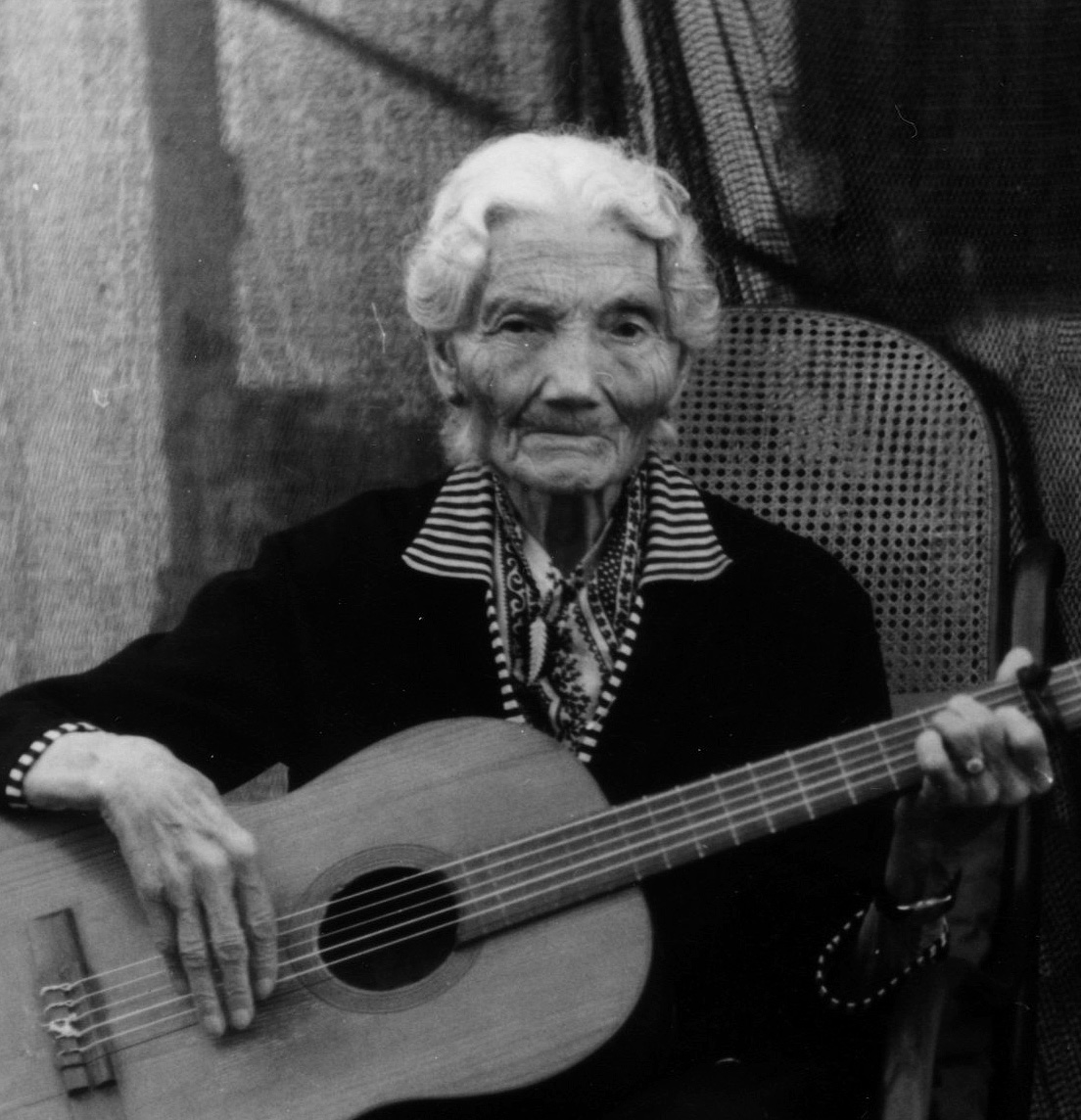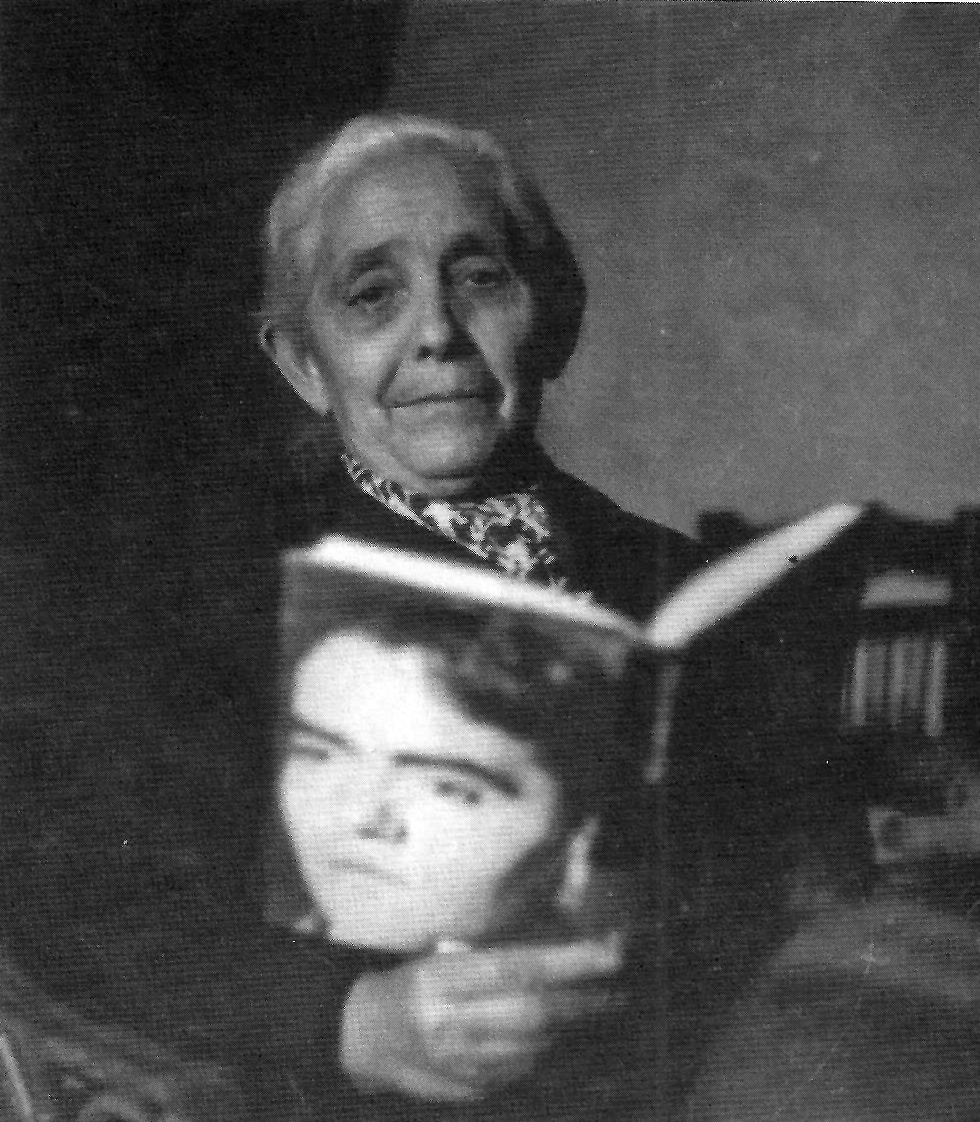Nanny and playmate of Federico García Lorca (La Ramito, she was affectionately nicknamed) in Fuente Vaqueros, a living memory of the poet’s childhood years. Carmen was only six years older than Lorca. However, she looked after him until 1903. She was born in 1892 in Fuente Vaqueros and died there in the early nineteen eighties. She witnessed the awakening of Lorca’s musical interests and his first attempt at puppet theater. Carmen’s family lived on the same street as the Lorca family, Trinidad Street, today Federico García Lorca Street.
The journalist Antonio Ramos Espejo, who interviewed her in 1978, when she was 86 years old, describes her as a woman “with an erect, dignified body and a voice that was still clear and very lively”. At the time she lived alone in the same house in the village and had memories of Federico since she was five years old, although her memory went back even further, when she attended the class of Doña Vicenta Lorca, still unmarried. Her father also worked for Don Federico. The trust was such that Federico’s parents offered his mother to be the wet nurse; but she declined because she was raising her own child. Ian Gibson, on the other hand, maintains that she did nurse him. Therefore, Carmen would have been, as it was said at the time, Federico’s milk sister.
Carmen Ramos, settled in her modest house in Fuente Vaqueros, became over the years the perfect ambassador for all researchers and curious people who visited the village.
“I was the nanny of the eldest, Federico, as well as of the other three [brothers]. I was a little girl who carried Federico’s sisters on my hips, as there weren’t those little cars like nowadays. And Paco was dressed and washed by me. And as I loved them very much and I was always behind Federico, I went to his house”.
“And with Federico, of course, we played together. He would tell me: `Carmen, let’s pick flowers, let’s make an altar, let’s make puppets, let’s make…”. She accompanied him in his theatrical beginnings with a company of “rogues. Those who make the comedies”. Se remembers the future playwright the day he asked his mother to make him some cardboard puppets and dress them in red rags. “He was eight years old. Well, he tells me that we are going to make the puppets, that we are going to invite all the ladies. We invited them and all the ladies went! Because they loved him so much. And I even commandeered the puppets. People clapped their hands a lot and he enjoyed it”.
Carmen Ramos, settled in her modest house in Fuente Vaqueros, became over the years the perfect ambassador for all the researchers and curious people who visited the town. In 1966, she attended to Claude Couffon and once again recalled the history of puppets: “We all recognized ourselves in Federico’s puppets: my mother, Don Antonio [Rodríguez Espinosa], teacher of Fuente Vaqueros], the servants and me… In the same way we recognized ourselves later in one or another of his plays. My mother, especially, who several times served as a model for the servant girls in his dramas.”
Then there was the music, so cultivated by her whole family. Carmen was fortunate to hear with Federico “the entire repertoire of Andalusian folklore: seguidillas, polos, martinetes, soleares…”
In addition to theater, his favorite game was “saying mass”, a hobby he continued, loaded with irony, in the house on the Acera del Darro and, already in Madrid, in the studio of Manuel Ángeles Ortiz. The image of the Virgin, according to Carmen Ramos, was placed next to a low wall of the village. There he would summon family, friends and maids and, wrapped in indescribable robes, he would say mass on the condition that after the sermon everyone would cry with emotion or perhaps with laughter.
Carmen Ramos always remained loyal to the Lorca family. She did not hesitate to join in spirit (“I am very old, older than a parrot, and my legs hurt,” she explained to Antonio Ramos) to the public that crowded the square of Fuente Vaqueros in the first tribute to the writer after the dictatorship on June 5, 1976. She boasted of having read Blood Wedding, Yerma, The Shoemaker’s Prodigious Wife (“la zapaterita”, she called it), Doña Rosita the Spinster and Mariana Pineda, as well as some poems.
The last time she visited the Lorca family in the Huerta de san Vicente was a few years before the Civil War. Carmen, her husband and son went. “And we ate ‘migas’ (breadcrumbs) and melon with them. In short, we had a very pleasant time. And then…”.


